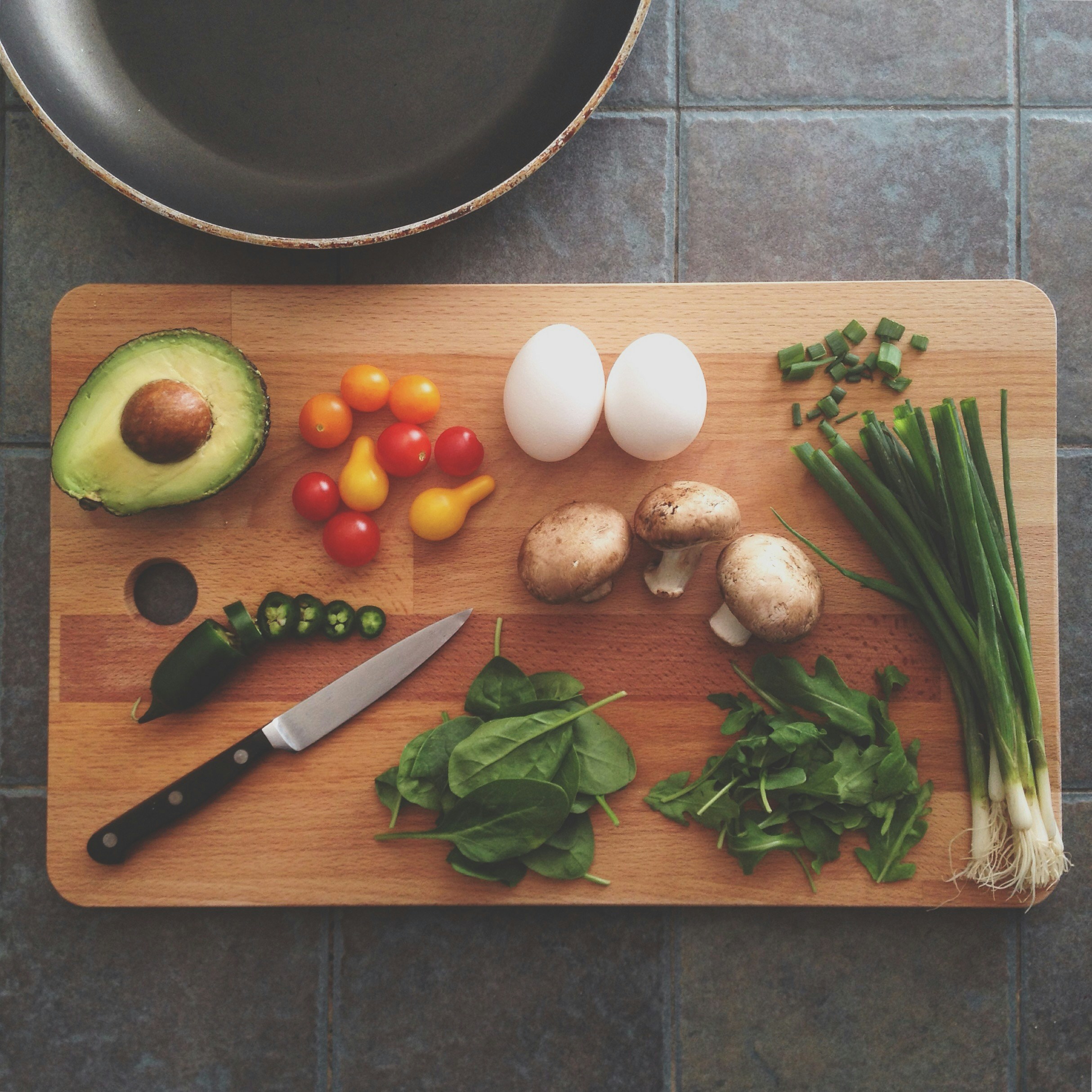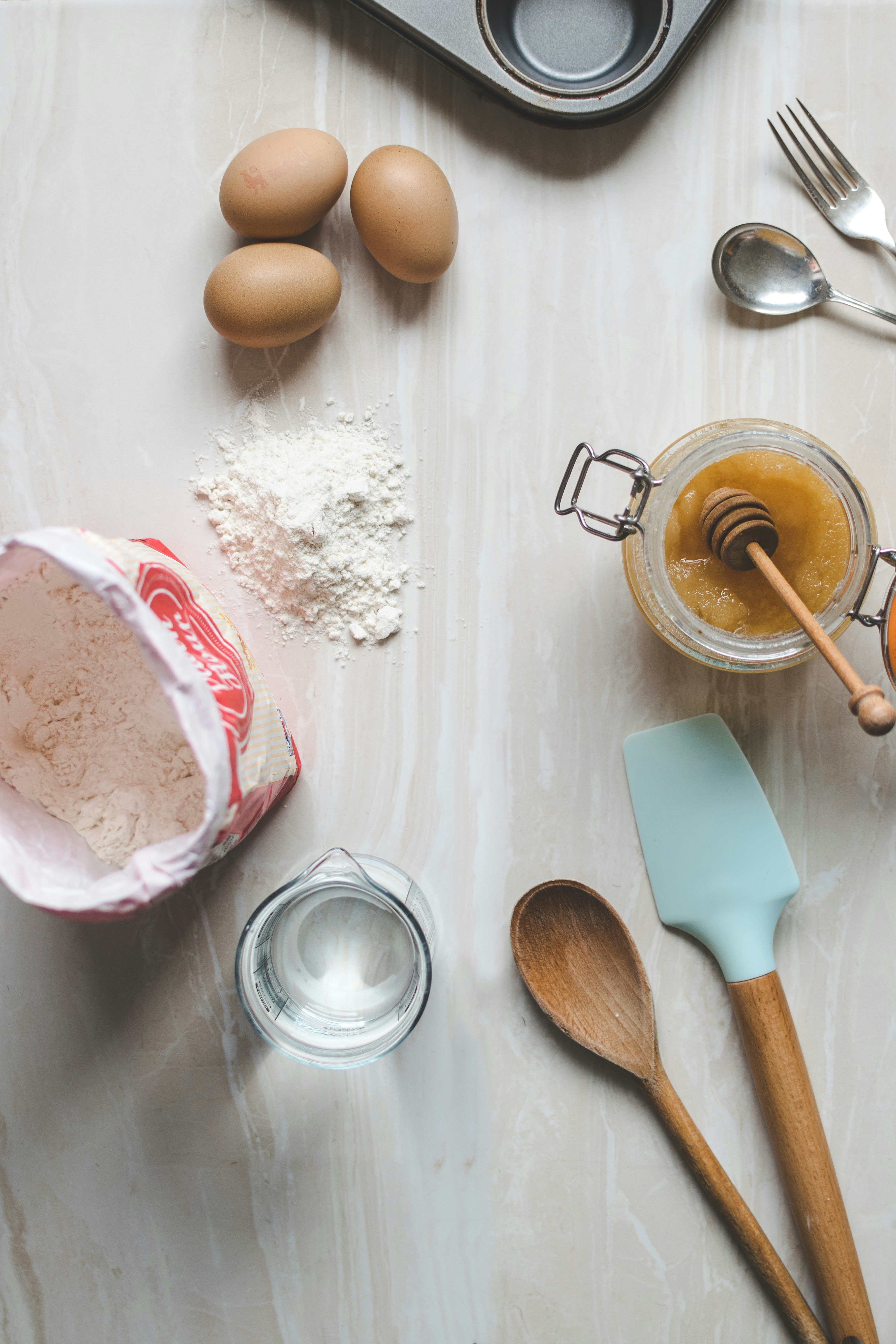Hi there! Have you ever wondered if you can freeze prawns after cooking them? In this article, we’ll explore whether or not it’s possible to freeze prawns once they’ve been cooked and what you need to keep in mind when doing so. We’ll discuss the benefits and drawbacks of freezing cooked prawns, as well as some tips on how to properly freeze and thaw them. So, if you’re curious about preserving your cooked prawns for later, keep reading to find out all the details!
Can You Freeze Prawns After Cooking
If you find yourself with leftover cooked prawns and are wondering if you can freeze them for later use, the answer is yes! Freezing cooked prawns is a convenient way to preserve their freshness and extend their shelf life. However, there are important considerations and best practices to follow to ensure the quality and safety of the prawns after thawing. In this article, we will explore the best practices for freezing cooked prawns, thawing methods, utilizing frozen prawns, safety considerations, health benefits of prawns, understanding prawn quality, proper storage techniques, cooking and flavor considerations, and alternative ways to preserve prawns.
Best Practices for Freezing
When it comes to freezing cooked prawns, it is important to follow certain best practices to preserve their quality. Here are a few recommendations to keep in mind:
-
Cool the prawns: Before freezing, allow the cooked prawns to cool completely. This prevents any condensation from forming inside the packaging, which can lead to ice crystals and sogginess.
-
Divide into portions: Divide the cooked prawns into smaller portions before freezing. This makes it easier to thaw only what you need for a specific recipe, reducing waste.
-
Wrap tightly: Wrap the portions of cooked prawns tightly in plastic wrap or place them in airtight containers. This helps prevent freezer burn and maintains the taste and texture of the prawns.
-
Use freezer-safe packaging: Ensure that the packaging you use is suitable for freezing. Freezer bags or containers made specifically for freezing are recommended to maintain the quality of the prawns over time.
Recommended Packaging
The packaging you choose plays a significant role in preserving the quality of frozen cooked prawns. Here are some recommended packaging options:
-
Freezer bags: Freezer-safe plastic bags are an excellent option for packaging cooked prawns. Squeeze out any excess air before sealing the bags to prevent freezer burn.
-
Airtight containers: Airtight containers made of glass or plastic with a tight-fitting lid are another good option. Make sure the containers are labeled as freezer-safe.
-
Vacuum sealing: Vacuum sealing is an effective method to remove air from the packaging, reducing the risk of freezer burn. However, this method requires special equipment.
Regardless of the packaging method you choose, always label the packages with the date of freezing to ensure freshness and keep track of storage time.
Labeling and Dating
Properly labeling and dating the frozen cooked prawns is crucial for food safety and optimal quality. Here’s what you should do:
-
Label the packaging: Clearly label each package with the contents, such as “Cooked Prawns,” to avoid confusion in the freezer.
-
Include the date: Add the date of freezing to the label. This helps you keep track of how long the prawns have been frozen and ensures you use them within a reasonable time frame.
-
Rotate stock: When adding newly frozen cooked prawns to your freezer, make sure to place them at the back, and move older packages to the front. This way, you can utilize the oldest ones first and maintain freshness.
Thawing Frozen Cooked Prawns
Now that you have successfully frozen your cooked prawns, it’s essential to know the proper methods and precautions for thawing. Thawing prawns incorrectly can lead to loss of quality and potential health risks. Here are some recommended thawing methods:
Thawing Methods
-
Refrigerator: The safest method for thawing cooked prawns is to place the frozen packages in the refrigerator. Allow them to thaw slowly overnight or for at least 24 hours. This method ensures even thawing and maintains the texture and taste of the prawns.
-
Cold water: If you need to thaw the prawns more quickly, you can place the sealed package in a bowl of cold water. Change the water every 30 minutes to ensure it remains cold. It is important never to thaw prawns using hot water as this can lead to uneven cooking and potential bacterial growth.
Precautions to Take
While thawing frozen cooked prawns, it’s crucial to take certain precautions to ensure food safety. Here are some precautions to keep in mind:
-
Avoid room temperature thawing: Thawing prawns at room temperature increases the risk of bacterial growth. Always use the refrigerator or cold water method for safe thawing.
-
Thaw prawns separately: If you are thawing multiple portions of cooked prawns, make sure to keep them separate to prevent cross-contamination.
-
Cook immediately after thawing: Once the prawns are thawed, it is recommended to cook them immediately. This minimizes the risk of bacterial growth and ensures the prawns maintain their quality.
Utilizing Frozen Cooked Prawns
Now that you have successfully thawed your frozen cooked prawns, it’s time to explore different ways to utilize them. Here are some ideas for cooking with frozen prawns:
Cooking with Frozen Prawns
-
Stir-fries and curries: Frozen cooked prawns can be added directly to stir-fries or curries. They require less cooking time compared to raw prawns, making them a quick and convenient option.
-
Pasta and rice dishes: Add thawed prawns to pasta or rice dishes for a protein boost and delicious seafood flavor. They can be tossed in at the last minute to heat through.
-
Salads and wraps: Thawed prawns can be used as a topping for salads or filling for wraps and sandwiches. They add a refreshing and nutritious element to these dishes.
Preparation Tips and Recipes
Here are a few preparation tips to enhance the flavor of frozen cooked prawns:
-
Marinate: Before using frozen cooked prawns in recipes, consider marinating them for a short time. This can infuse the prawns with additional flavors and make them more tender.
-
Spices and herbs: Season the prawns with your favorite spices and herbs before cooking or adding them to dishes. This adds depth of flavor and enhances the overall taste.
To get you started, here’s a simple recipe for Garlic Butter Prawns:
Ingredients:
- 1 pound of frozen cooked prawns
- 2 tablespoons butter
- 3 cloves garlic, minced
- 1 tablespoon lemon juice
- Salt and pepper to taste
- Chopped parsley for garnish
Instructions:
- Thaw the frozen cooked prawns according to the recommended methods outlined earlier.
- In a large skillet, melt the butter over medium heat.
- Add the minced garlic and sauté for about 1 minute until fragrant.
- Add the thawed prawns to the skillet and cook for 2-3 minutes until heated through.
- Squeeze lemon juice over the prawns and season with salt and pepper.
- Garnish with chopped parsley and serve as an appetizer or over pasta or rice.
Safety Considerations
Ensuring proper handling and practicing food safety measures is crucial when dealing with cooked prawns. Here are a few safety considerations to keep in mind:
Ensuring Proper Handling
-
Maintain cleanliness: Wash your hands thoroughly with soap and water before and after handling cooked prawns to prevent cross-contamination.
-
Sanitize surfaces and utensils: Clean all surfaces, utensils, and cutting boards with hot, soapy water after coming into contact with cooked prawns. This helps prevent the spread of bacteria.
Avoiding Cross-Contamination
-
Separate raw and cooked prawns: Keep raw prawns separate from cooked prawns to prevent cross-contamination. Use separate cutting boards and utensils for each.
-
Avoid refreezing: Once cooked prawns have been thawed, avoid refreezing them to maintain quality and minimize the risk of bacterial growth.
Health Benefits of Prawns
Prawns are not only delicious but also offer several health benefits. Here are some nutritional facts and potential health risks associated with prawns:
Nutritional Value
Prawns are a good source of lean protein, omega-3 fatty acids, and essential vitamins and minerals. They are low in fat and carbohydrates, making them a healthy option for a balanced diet.
Potential Health Risks
While prawns are generally safe to consume, there are a few potential health risks to be aware of. Prawns can cause allergic reactions in some individuals, and they may contain contaminants such as heavy metals or bacteria if not sourced or handled properly. Therefore, it is important to purchase prawns from reputable sources and ensure proper handling and cooking techniques.
Understanding Prawn Quality
To fully enjoy the flavor and benefits of prawns, it is essential to understand how to assess their freshness and quality. Here are some tips for selecting prawns:
Freshness and Quality Assessment
-
Appearance: Choose prawns that have a shiny and translucent appearance. Avoid those that appear dull or discolored.
-
Smell: Fresh prawns should have a clean and briny aroma. Avoid any that smell fishy or ammonia-like.
-
Texture: When purchasing, the prawns should feel firm and have a springy texture. Avoid prawns that feel mushy or slimy.
Tips for Selecting Prawns
-
Buy from reputable sources: Purchase prawns from trusted fishmongers or reputable grocery stores to ensure quality and safe handling.
-
Consider sustainability: Look for prawns that have been sourced sustainably to support responsible fishing practices and minimize environmental impact.
Proper Storage of Prawns
Proper storage is crucial to maintaining the freshness and quality of prawns, whether they are fresh or frozen. Here are some techniques for refrigeration and optimal storage conditions:
Refrigeration Techniques
-
Keep them chilled: Fresh prawns should be refrigerated as soon as possible after purchase. Store them in the coldest part of the refrigerator, ideally at a temperature of 32°F to 39°F (0°C to 4°C).
-
Use within a few days: Fresh prawns should ideally be consumed within 2-3 days of purchase to ensure optimal taste and quality.
Optimal Conditions
-
Frozen prawns: If you decide to freeze fresh prawns, make sure to follow the freezing guidelines mentioned earlier to maintain their quality.
-
Refrigerated cooked prawns: If you have leftover cooked prawns that were thawed from the freezer, they should be consumed within 2-3 days after thawing.
Cooking and Flavor Considerations
When it comes to cooking prawns, it’s important to understand the optimal methods and techniques to ensure the best results. Here are some considerations:
Optimal Cooking Methods
-
Grilling and BBQ: Grilling or barbecuing prawns adds a smoky flavor and enhances their natural sweetness. Brush them with marinade or a light coating of oil before grilling.
-
Stir-frying: Stir-frying prawns is a quick and flavorful way to cook them. Add them to a hot pan with some oil, garlic, and your favorite stir-fry ingredients for a delicious meal in minutes.
Enhancing Flavor
-
Seasonings: Experiment with different seasonings such as lemon zest, chili flakes, garlic, or herbs like parsley or cilantro to enhance the flavor of prawns.
-
Marinades: Marinating prawns before cooking can add depth of flavor. Consider using ingredients like soy sauce, ginger, lime juice, and honey for a tasty marinade.
Alternative Ways to Preserve Prawns
While freezing is a popular method to preserve prawns, there are a few alternative methods you can explore for long-term preservation. These methods include canning, drying, and smoking:
Canning
Canning prawns involves preserving them in jars with brine or oil to extend their shelf life. This method requires proper sterilization and can be time-consuming but can result in delicious preserved prawns.
Drying
Drying prawns involves removing moisture from them, resulting in a shelf-stable product. The dried prawns can be used as a flavorful ingredient in various dishes, particularly in Asian cuisine.
Smoking
Smoking prawns imparts a smoky flavor and extends their shelf life. Cold smoking or hot smoking can be used, depending on the desired flavor and texture.
Is it Safe to Freeze Cooked Seafood and Asian Appetizers?
Yes, freezing cooked dumplings is possible without compromising their taste and texture. Cooked seafood can also be safely frozen for later consumption. However, it’s important to properly wrap and store the food to prevent freezer burn and maintain quality. Follow specific guidelines for each type of appetizer.
Conclusion
In conclusion, freezing cooked prawns after cooking is a convenient and effective way to extend their shelf life and preserve their freshness. By following the best practices for freezing, proper packaging, labeling, and dating, you can ensure the quality and safety of your frozen cooked prawns. Thawing them using the recommended methods and taking necessary precautions will also help maintain their taste and texture. Whether you choose to cook with the thawed prawns or explore alternative preservation methods, prawns offer a range of health benefits and are a delicious addition to various recipes. By understanding prawn quality, proper storage techniques, optimal cooking methods, and considering flavor enhancements, you can fully appreciate the versatility and flavor of prawns in your culinary endeavors.





